#science
Text
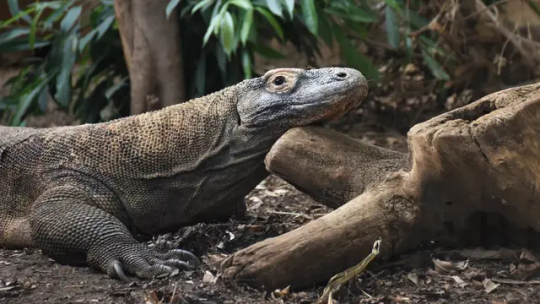
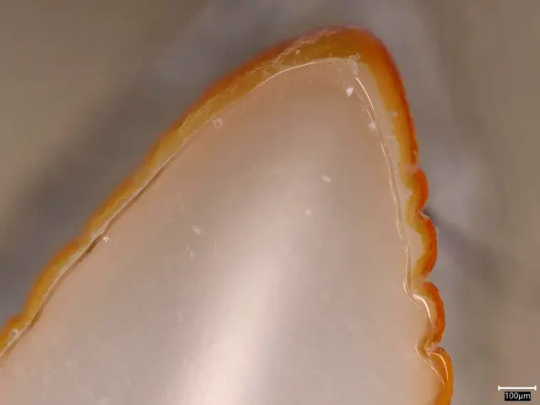
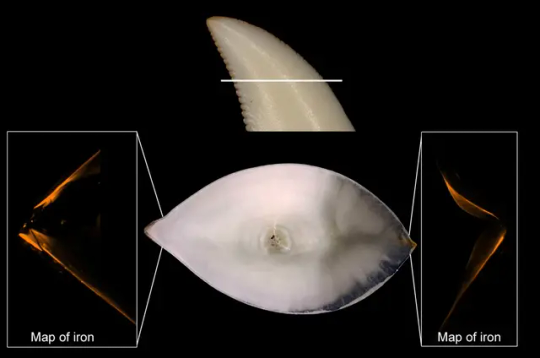
Komodo dragons have iron-tipped teeth, new study shows
Komodo dragons, the world’s largest species of lizard, have iron-tipped teeth that help them to rip their prey apart, according to new research.
The metal is concentrated in the cutting edge and tips of their curved, serrated teeth, staining them orange, scientists wrote in a paper published Wednesday in the journal Nature Ecology & Evolution.
Komodo dragons are native to Indonesia and weigh around 80 kilograms (176 pounds) on average. They eat almost any kind of meat and are known as deadly predators...
Read more: https://www.cnn.com/2024/07/24/science/komodo-dragons-iron-teeth-scli-intl/index.html
6K notes
·
View notes
Text











You guys wanna see a science Lego set? Well, here's Lego DNA!
With a scientifically accurate DNA model, and a historically accurate lab + 5 scientists!
Aims: to promote science to kids and honor Rosalind Franklin.
Less than 4,000 votes needed to get it considered as a real official Lego set to be sold worldwide!
If you like it, please support here and share with your friends: https://ideas.lego.com/projects/c92cd95b-49e7-46ec-b844-ac6482c51139
#chemistry#science#biology#design#diy#education#nature#environmental science#molecular biology#stem#women in stem#research#laboratory#women scientists#school#university#college#students#learning#lego art#lego photography#afol#lego sets#lego ideas#lego builds#lego moc#rosalind franklin#james watson#francis crick#university student
2K notes
·
View notes
Text
https://ktla.com/news/california/goats-unleashed-by-san-manuel-tribe-as-part-of-fire-prevention-strategy/?fbclid=PAZXh0bgNhZW0CMTEAAaaJJAE-Kl55wk4vm1cYc0zjGRUEv8w6ps0HX0z-rxwwa7YXnTDCsgIU2vs_aem_0djT-2NoD-E87Ic6UeeqGw

Firefighting goats have been deployed by the San Manuel Band of Mission Indians to protect tribal land and neighboring property from potentially devastating brush fires.
The goats are unleashed by the San Manuel Fire Department to eat up dry brush and grass that would normally be ideal fuel for fires — a recent fire was actually partially stopped once it reached an area cleared by the caprine crew earlier this year.
The herd, officials said, is about 400-strong and is made up of generations of goat families.
On Tuesday, the goats were treated to a feast of fruit before being sent on their brush-eating mission.


The goats will spend the next several months trimming and thinning out vegetation on the San Manuel Band of Mission Indians Reservation and nearby properties in San Bernardino.
Tribal officials said the brush that covers the hillsides in and around San Manuel property is thriving and diverse, boosted by the recent history-making rainy season. The plant life is an ideal food source because goats prefer food that’s at their eye level.
The Tribe has used goats as a natural, environmentally friendly fire preventative tool since 2019; the plants get trimmed in a sustainable fashion, which allows them to survive and recover naturally overtime unlike most chemical sprays.
Tribal officials called the practice an extension of the Tribe’s “culture of lands stewardship.”
“Caring for the land is a sacred duty of the Tribe,” said Lynn Valbuena, chairwoman of the San Manuel Band of Mission Indians. “Stewardship is a responsibility given to our people by the Creator. No matter who owns the land.”
San Bernardino County residents shouldn’t be surprised to see the goats in the mountains fulfilling this divine task from now through the end of fire season.
#good news#environmentalism#goats#california#science#environment#nature#animals#indigenous stewardship#land stewardship#usa#sustainability#wildfire prevention#San Manuel Band of Mission Indians#san manuel band#firefighting#articles#news
1K notes
·
View notes
Text

DEEP SEA PRODUCE ITS OWN "DARK OXYGEN"
Small metallic nodules, like potato-size strewn across the deep sea ocean seafloor produce oxygen in complete darkness and without any help from living organisms, a new research reveals.
Called polymetallic nodules, are found in the deep sea and produce oxygen through seawater electrolysis, where seawater splits into oxygen and hydrogen in the presence of an electric charge. This charge may come from the difference in electric potential that exists between metal ions within the nodules, which leads to a redistribution of electrons. This is called by scientists as dark oxygen, as is produced without sunlight, as photosintesys does.

-Polymetallic nodules coat fields of the ocean floor Photo: NOAA Office of Ocean Exploration and Research
These nodules polymetallic nodules are common between 3,000 to 6,000 m below the ocean surface. These nodules mostly contain oxides of iron and manganese , but also metals like cobalt, nickel and lithium, as well as rare earth elements such as cerium that are essential components of electronics and low-carbon technologies. This also raise new concerns about potentially mining polymetallic nodules, which could represent a vital source of oxygen for deep-sea ecosystems.
Main photo by Fisheries and Oceans Canada
Reference (Open Access): Sweetman et al., 2024. Evidence of dark oxygen production at the abyssal seafloor. Nat. Geosci.
#deep sea#science#geology#marine science#abyssal#pacific#biology#marine biology#oceanography#dark oxygen
1K notes
·
View notes
Note
You are legitimately one of my favourite internet strangers ever
You're doing such a great job at being silly keep going. Get silly. Let the silliness consume you.
String identified:
a gtat at tt tag
' g c a gat at g gg. Gt . t t c .
Closest match: Helicoverpa zea isolate GA-R chromosome 17
Common name(s): Corn Earworm, Cotton Bollworm, Tomato Fruitworm, Hungry Bitch

(image source)
#tumblr genetics#genetics#biology#science#asks#requests#sent to me#anon#bugs#insects#moths#first moth on the blog to have an “economic impact” section on its wikipedia page#love it
887 notes
·
View notes
Text

NGC 7023, The Iris
539 notes
·
View notes
Text

Research alert! Two new fossils of a mouse-sized animal from the age of dinosaurs indicate that early mammals grew more slowly and lived longer than their modern descendants—rewriting our understanding of the lives of the very earliest mammals. An international study led by researchers at National Museums Scotland and published today in the journal Nature, compares two Krusatodon kirtlingtonensis fossils discovered decades apart in Scotland’s Isle of Skye. One of the fossils, the only juvenile Jurassic mammal skeleton known to science, was discovered in 2016 by Roger Benson, the Museum’s Macaulay Curator in the Division of Paleontology, and colleagues.
“These fossils are among the most complete mammals from this time period in the world,” said Elsa Panciroli, the lead author of the study and an associate researcher of paleobiology at National Museums Scotland.
Learn how these small animals give us unprecedented insights into the lives of early mammals.
Image: © Maija Karala
#science#amnh#museum#fossil#nature#natural history#animals#paleontology#fact of the day#did you know#new research#research#stem#mammal#mammals#evolutionary biology#ancient animals#paleobiology
455 notes
·
View notes
Text
Consider: Baby Leaf 💚

306 notes
·
View notes
Text

La Sagrada Familia Bazilikası.
🏛Barselona, İspanya
217 notes
·
View notes
Text
Humans are Weird: Caution and Lack Thereof.
Humans are not incredibly “tough” insofar as physical makeup goes in this universe, but humans ARE known for stubbornness/tenacity/whatever-you-want-to-call-it, and general acceptance of their bad decision-making abilities, which calls for measures to keep their unwieldy meat-sacks mostly alive and generally functioning.
When any of another species boards Human transports, they are always blown away by the safety precautions posted everywhere, the failsafes, the evacuation maps tucked everywhere, the plethora of escape pods and emergency buoys, life support systems and backup life support systems... not that the rest of the galaxies don't have safety measures and emergency failsafes, but they don't have as many as Humanity seems to have agreed on putting literally everywhere.
Which is a bit odd when one takes into consideration that their vessels are literally pressurized vessels propelled by controlled explosions, the destruction of matter, or literal world-killing substances that are pressurized and used for fuel.
Humans will hurl themselves into space using some of the most dangerous methods logged in the history of the universe, to the great endangerment of their lives and those in proximity of their craft if some system fails...
...but they have also planned for and created multiple options for continued survival should any thing indeed go wrong, along a wide variety of potential catastrophes.
To every science-oriented, non-Terran species in the galaxy, this “will to live” and “radiation of dumbass” is an ongoing study.
Mainly because the humans keep spreading, and nobody knows just what to do with them.
#humans are stubborn#humans are deathworlders#humans are space australians#humans are space orcs#humans are terrifying#humans are the weird ones#humans are weird#humans are space oddities#science#stories#earth is space australia#earth is a deathworld#humanity is confusing#human spirit#confused aliens#humans and safety#health and safety#osha violation#osha compliant#humanity is an osha violation#safety in space#or not#careful humans#humans are surprising#humans are concerning#humans in space
200 notes
·
View notes
Text

Giant millipede lost to science rediscovered in Madagascar’s jungle
A giant dark-brown millipede, not documented for 126 years, has been recorded in Makira Natural Park, home to the largest and most intact forest in Madagascar.
It is one of 21 “lost” species rediscovered by Re:wild during an expedition to the African island in September last year, the results of which have just been published. The conservation organization aims to locate species that have not been seen and recorded for a minimum of 10 years, hoping that by removing data deficiencies it will be able to help prevent species extinction.
Christina Biggs, lost species officer for Re:wild, spotted the giant millipede crawling over her boot outside her tent one morning. “I filmed it for a while because I thought it was cool, having no clue that it was an actual lost species,” she told CNN in an email. “It wasn’t until Dmitry Telnov, a beetle specialist with the Natural History Museum in London, sent material to a German colleague specializing in Madagascan myriapods, that we found out it hadn’t been documented since 1897"...
Read more: https://edition.cnn.com/science/giant-millipede-madagascar-c2e-spc
693 notes
·
View notes
Text
Do you wanna build a Lego science set? Here's Lego DNA!
With a scientifically accurate DNA model, and a historically accurate lab + 5 scientists!
Aims: to promote science to kids and young adults and honor Rosalind Franklin and her legacy!
3,800 votes needed (we already have 6,200!) to get it considered as a real official Lego set to be sold worldwide!
If you like it, please support via the link above or here: https://ideas.lego.com/projects/c92cd95b-49e7-46ec-b844-ac6482c51139
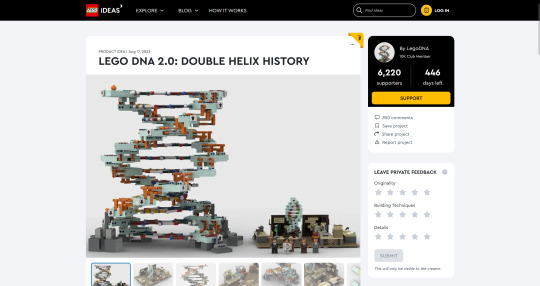

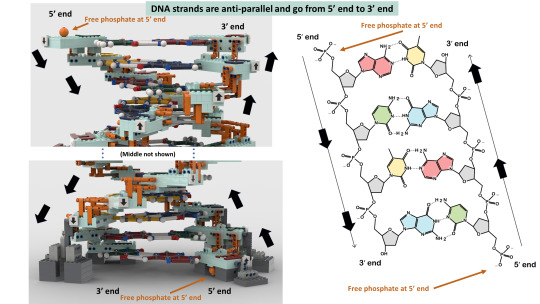



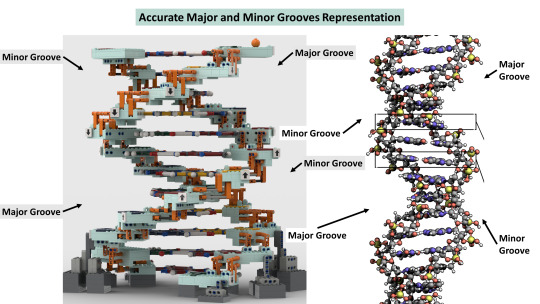



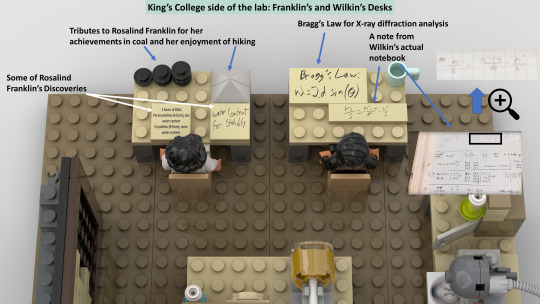


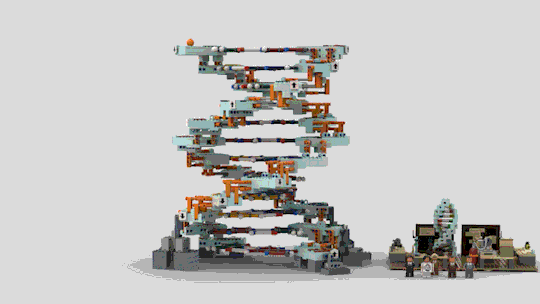
#chemistry#science#biology#design#diy#education#nature#environmental science#molecular biology#stem#women in stem#research#laboratory#women scientists#school#university#college#students#learning#lego art#lego photography#afol#lego sets#lego ideas#lego builds#lego moc#rosalind franklin#james watson#francis crick#university student
328 notes
·
View notes
Text
Scientists have figured out a non-invasive way to determine if a transplanted organ is failing to take in a patient – no matter if it's a kidney, liver, lung, or heart.
It's the first time that biomarkers of dysfunction have matched across multiple types of transplanted organs, and it hints at the possibility of a blood test that can diagnose early rejection in all transplant scenarios – a tool that doesn't yet exist.
If more research is done, the newly identified biomarkers could even be used to differentiate between various types of organ rejection, including immune issues, inadequate blood supply, or maladaptive repairs.
Continue Reading.
152 notes
·
View notes
Text
Grant knows a lot about rollercoasters...
169 notes
·
View notes
Text


In a medical rarity that captured worldwide attention, a 36-year-old man from Nagpur, India, was discovered to have been carrying the remains of his twin inside his body for his entire life. This extraordinary case, known as 'fetus in fetu,' involves the presence of a malformed fetus inside the body of its otherwise healthy twin.
The patient, Sanju Bhaga, had been experiencing chronic stomach pain and bloating for years. After numerous consultations and inconclusive treatments, he visited the Acharya Vinoba Bhave Rural Hospital in Wardha, where doctors conducted a detailed examination. Imaging tests revealed a large mass in his abdomen, prompting immediate surgical intervention.
Dr. Ajay Bhandarwar, a senior surgeon at the hospital, led the surgical team. They were astounded to find a 15-centimeter mass that contained hair, bones, and other bodily structures – the remnants of Mahesh's parasitic twin. This condition, where one twin is absorbed by the other during early stages of pregnancy, results in the retained twin surviving as a parasite inside its sibling’s body, drawing blood supply but failing to develop fully.
The surgery, which lasted several hours, successfully removed the parasitic twin. Dr. Bhandarwar explained that the mass was surrounded by a sac and connected to Sanju’s blood supply, making the operation particularly delicate. Post-surgery, Sanju recovered well and reported a significant relief from the symptoms that had plagued him for decades.
Fetus in fetu is an extremely rare condition, with fewer than 200 cases documented worldwide. This phenomenon typically presents in infancy or early childhood, making Sanju’s case unusual due to the length of time the twin remained undetected within his body.
131 notes
·
View notes
